When it comes to building a concrete patio for your outdoor space in Tennessee, you have two main options: poured concrete or concrete pavers. Each has its own set of advantages and disadvantages, making it crucial to understand which one aligns best with your needs and preferences. Poured concrete is known for its durability and cost-effectiveness, but it can be challenging to repair and maintain. On the other hand, concrete pavers offer a wide range of design options, are easy to repair, and are highly durable, but they come with a higher initial cost and can take longer to install. Ultimately, the choice depends on your long-term goals and budget.
What are the pros and cons of a poured concrete patio?
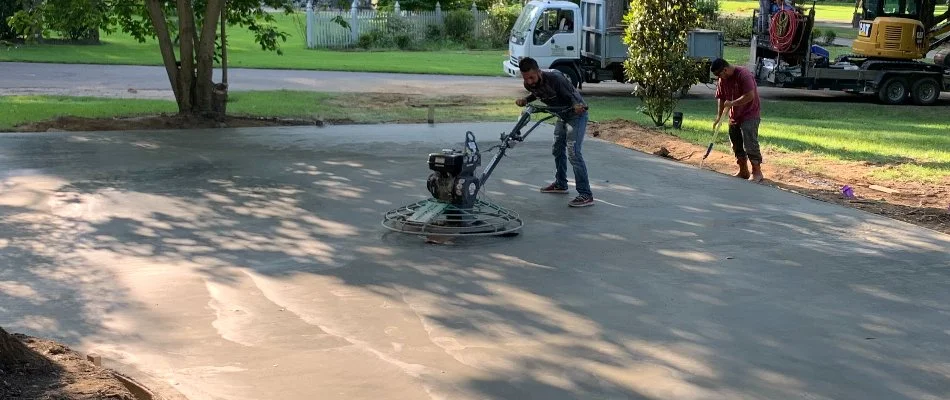
Poured concrete is a popular material option for patios that has been used for decades. They are a popular choice due to their durability and cost-effectiveness. Dig a little deeper into the pros and cons of this material for your patio:
- Pros: Poured concrete patios are durable and generally more cost-efficient compared to other materials when installed correctly. They provide a solid, seamless surface that can withstand heavy use and various weather conditions. It is a cost-efficient option because the installation process is quicker and less labor-intensive. This makes poured concrete a great choice if you're working on a budget but still want to achieve a durable and modern-looking patio.
- Cons: However, poured concrete patios can be difficult to repair and maintain. They are prone to cracking over time and don't have much flexibility, making them susceptible to damage from freeze-thaw cycles. If a section gets damaged, you'll have to restore a large area to achieve the seamless look again. Maintenance can also be tedious in the long run. A poured concrete patio has to be cleaned and sealed regularly to keep it looking its best.
What are the pros and cons of a concrete paver patio?
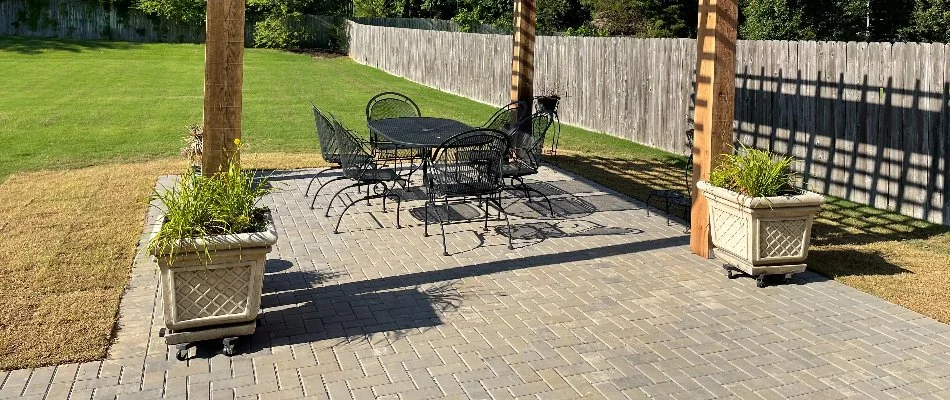
Another great material for your concrete patio is pavers. The individual pieces of pavers come in different shapes and sizes and can be installed in various patterns. Understand the pros and cons of having a concrete paver patio below:
- Pros: Concrete pavers are low-maintenance and come in a variety of design options. Because they come in various shapes and sizes, you have the freedom to create a unique design for your patio that matches your aesthetic preferences. Concrete pavers are also not prone to cracking because the interlocking design allows your patio to move slightly with the ground. They are easy to repair, as individual pavers can be replaced if damaged, and they are highly durable and flexible.
- Cons: The main downside is that concrete pavers have a higher up-front cost and generally take longer to install. That's because each piece of paver must be individually installed, requiring more labor. They are also prone to weed growth between the joints, but this can be managed with proper maintenance.
Which is better: poured concrete or concrete pavers?
The choice between poured concrete and concrete pavers largely depends on your preferences and long-term goals. While poured concrete patios are durable and cost-effective, they can be challenging to repair and maintain. On the other hand, concrete pavers offer more design flexibility, are easier to repair, and are highly durable, making them a better long-term investment despite their higher initial cost.
Call us today to sign up for our patio installation service!
When it comes to building a patio, choosing the right material is crucial. Whether you want to use poured concrete or concrete pavers for your patio, we have you covered. Our team at Picture Perfect Landscapes offers our patio installation service to commercial and residential properties, as well as HOAs, in Memphis, TN, and neighboring areas like Midtown Memphis and East Memphis. Call us today at (901) 246-7656 to sign up.

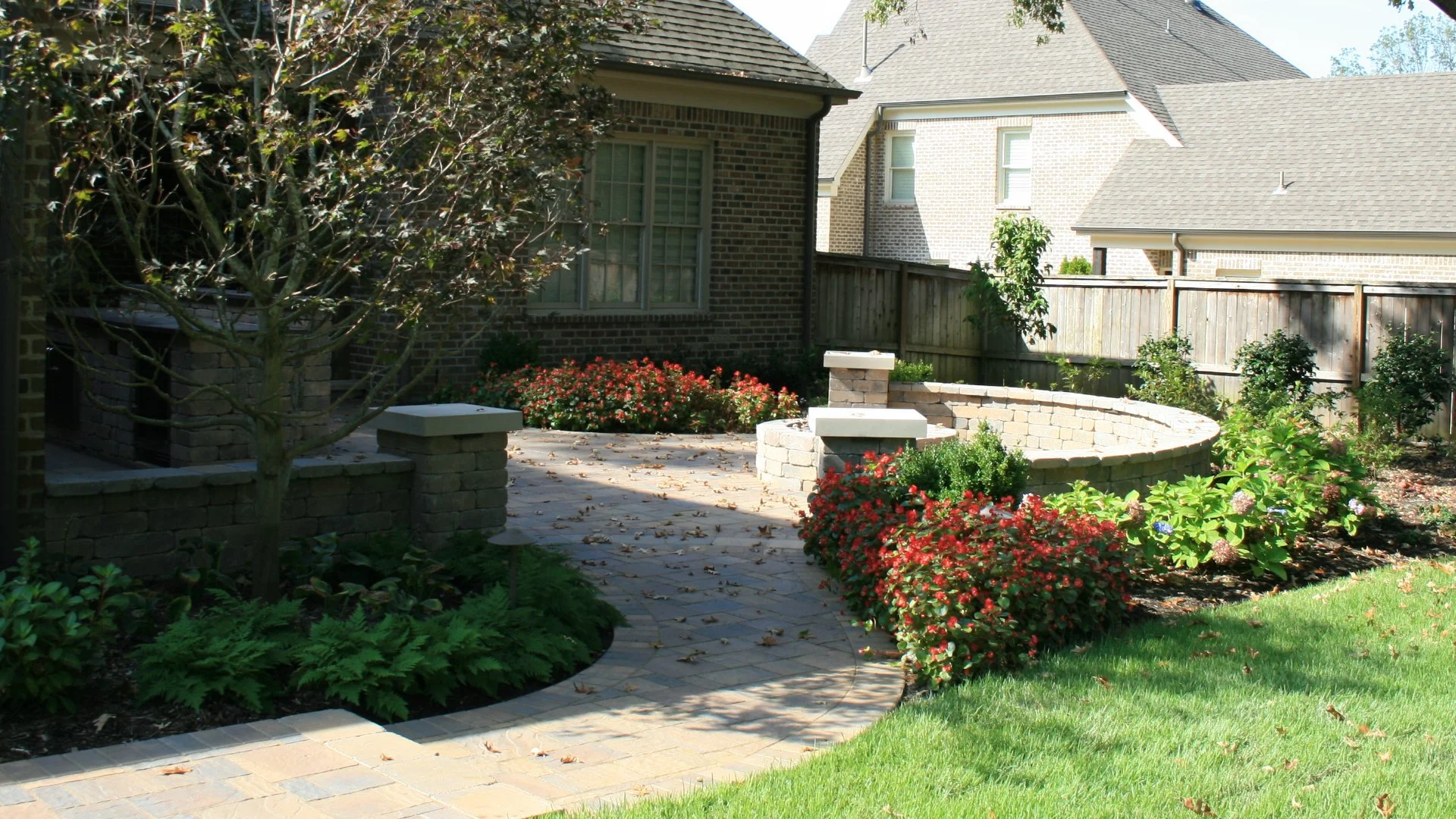

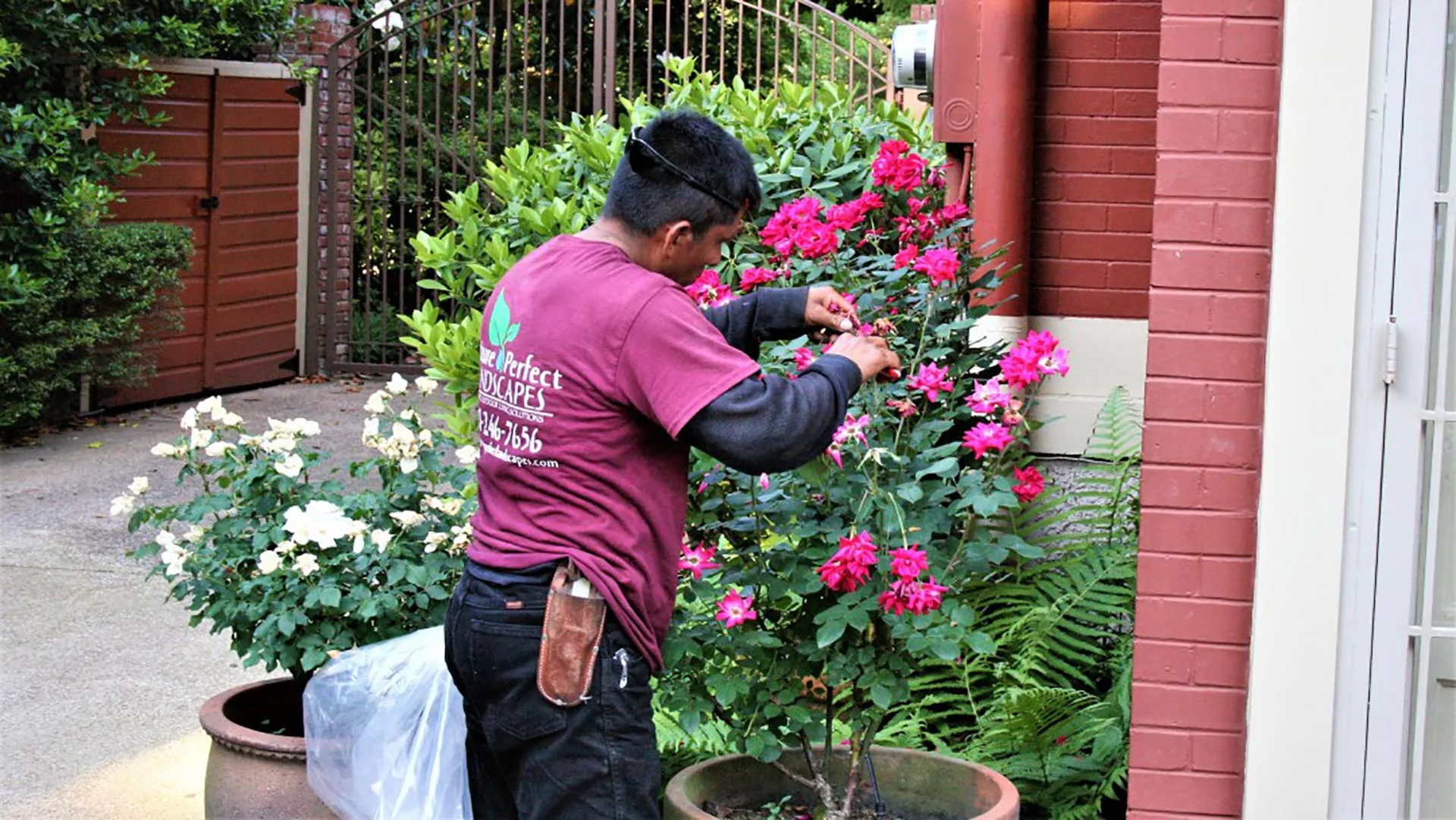
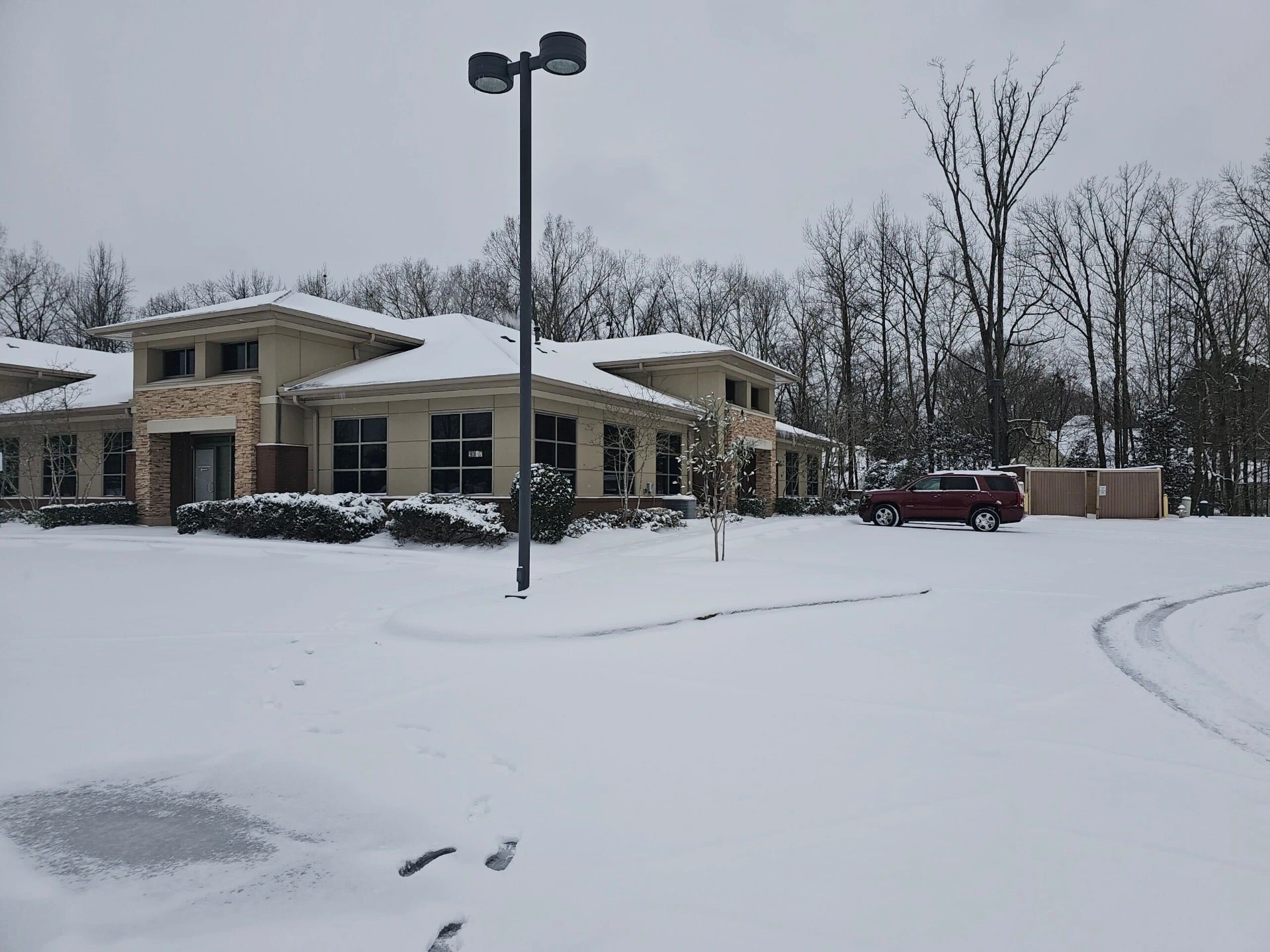


Comments (0)
Thanks for your comment!
Thanks for your feedback! Your comments have been successfully submitted! Please note, all comments require admin approval prior to display.
Error submitting comment!
There is a problem with your comment, please see below and try again.